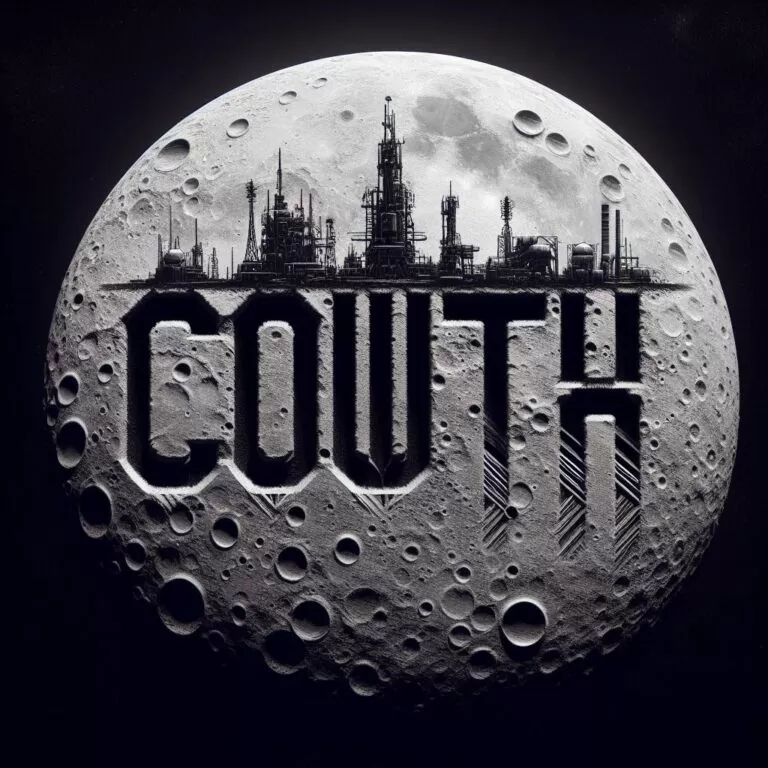
Estimated reading time: 5 minutes
The main advantages of laser marking include:
Permanence: The marks created by laser marking are permanent and resistant to abrasion, chemicals and heat. This makes them suitable for situations where the signs need to withstand harsh conditions or last a long time.
Accuracy: Laser marking offers high precision and can create detailed, complex designs with a resolution of up to 0,1mm.
Versatility: Laser marking is suitable for a wide range of materials, including metals, plastics, ceramics and composites.
Non-contact: It is a non-contact process, which means there is no physical contact between the tool and the material. This eliminates the risk of damaging the material and reduces wear on the tools.
Industrial marking has a wide range of applications in different sectors:
Furthermore, industrial marking finds application in sectors such as defense, agriculture, food processing, construction, electronics, railways and more. It is a fundamental tool for ensuring the quality, traceability and safety of products.
The technological evolution of industrial marking has led to significant innovations in recent years. This process, which goes beyond traditional labeling, is used for a wide range of purposes.
Couth represents the example of evolution and innovation in industrial marking technology.
Let's see some of the marking techniques and their applications:
Marking by engraving:
This technique was common in the past but has been superseded by other more efficient ones.
Engraving ensures high quality standards, but may form a burr over time.
Still used in industries such as jewelry and high-value watch manufacturing.
Scratch marking:
A needle pressed against the surface of the piece creates marks.
Cheap and suitable for many materials, but can remove material particles.
Wear resistant.
Micropercussion markinge:
Fast and reliable, almost wear-free.
A solid carbide needle hammers the surface.
Used in various industrial sectors.
Sustainable innovation in marking:
The revolutionary idea is to overcome the concept of "disposable" products.
A sustainable marking platform is proposed, allowing modification and replacement of parts to maximize the use of available technology.
In summary, industrial marking is fundamental for product identification, traceability and quality. New techniques and attention to sustainability are redefiending the sector.
La industrial marking it also has applications in space, contributing to scientific research and exploration. Here are some areas where laser marking and other techniques are used:
BlogInnovazione.it
Coveware by Veeam will continue to provide cyber extortion incident response services. Coveware will offer forensics and remediation capabilities…
Predictive maintenance is revolutionizing the oil & gas sector, with an innovative and proactive approach to plant management.…
The UK CMA has issued a warning about Big Tech's behavior in the artificial intelligence market. There…
The "Green Houses" Decree, formulated by the European Union to enhance the energy efficiency of buildings, has concluded its legislative process with…